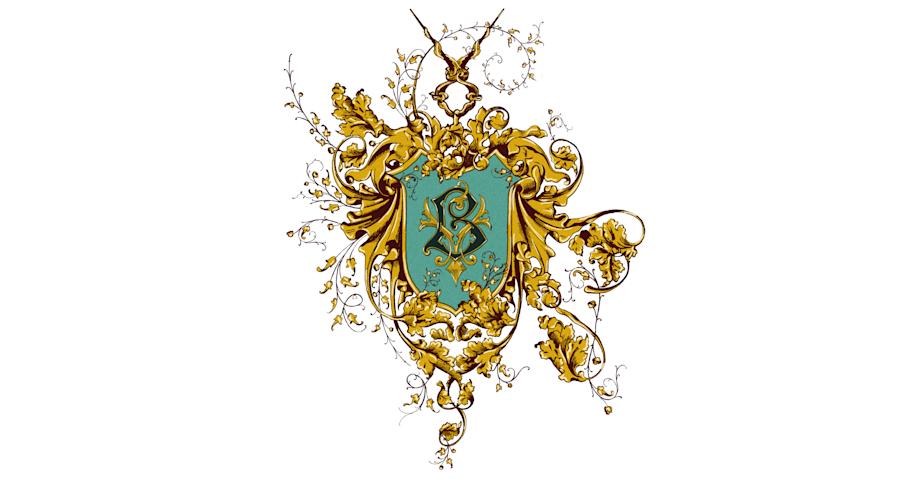In Harry Potter and the Philosopher’s Stone, Nicolas Flamel is the only known maker of the Philosopher’s Stone, an object capable of turning metal into gold and granting immortality with its Elixir of Life. At 665 years old, Nicolas and his 658-year-old wife Perenelle certainly make use of the Elixir, but having lived more than six centuries in the wizarding world they favour a quiet life.
The real Nicolas Flamel – because he was a real person – was probably born in 1330 in Pontoise, near Paris. Which would indeed make him around 665 at the time of Philosopher’s Stone if he had really had access to Elixir of Life (and some people think he might have…).
But how did a little-known bookseller from 14th-century France become so synonymous with alchemy that he fetched up in the wizarding world?
The man

We are told that the Flamel of the wizarding world met his wife, Perenelle, at Beauxbatons. While we don’t know where they met, the real Flamel’s wife was called Perenelle. She been widowed twice before and brought the fortune of her two previous husbands to her marriage with Nicolas.
After their marriage, Flamel continued to work as a bookseller. The couple were relatively wealthy – they owned several properties and donated money to the French Catholic church. Their wealth and philanthropy has become part of the legend that surrounds Flamel’s posthumous reputation as an alchemist.
Records show that Flamel died in 1418. He was buried in Paris, beneath a tombstone he designed himself, and his will – dated 1416 – apparently left the majority of his library to a nephew, Perrier, of whom little else is known.
The dream
This is where the historical facts about Flamel start to merge with the stories. Because some people don’t believe he died at all. There are reports of him and Perenelle having faked their deaths and escaped to India, and their immortality is all down to his supposed alchemical genius.
Flamel’s interest in alchemy apparently began with a book. It is said that a stranger approached him one day with a rare manuscript. Flamel recognised it, because not long before, he had dreamed about an angel. The angel had appeared holding a book, telling him: ‘One day you will see in it that which no other man will be able to see…’
The book
The book was written by a man called Abraham the Jew. It was in Greek and other languages Flamel couldn’t understand, including Hebrew. It was also full of awe-inspiring symbols which Flamel realised were instructions on alchemy.
Flamel supposedly spent 21 years trying to decipher it all. When Paris couldn't provide answers, he set off to Spain to find a Jewish scholar and came across Maestro Canches, a learned Jewish man living in Leon. Canches recognised Abraham the Jew as one of the earliest masters of the Jewish mystical tradition of Kabbalah and translated the few pages Flamel had with him before agreeing to travel back to France and translate the rest. Unfortunately, he fell ill on the journey and died before they reached Paris.
Luckily for Flamel, Canches had taught him enough. Over the next three years he went on to translate the entire book, learning the secrets of Hermeticism – an esoteric tradition based on the divine writings of Hermes Trismegistus.
The legend

Those who believe Flamel used the Book of Abraham the Jew to create a Philosopher’s Stone point to the fact that Flamel then became rich. Apparently, his incredible wealth and generosity brought him to the attention of Charles VI, who ordered an investigation into Flamel but found nothing of interest.
Others say there is no indication that Flamel had any involvement in alchemy at all, and the stories about the mysterious book are just that: stories. Some believe that the character of Flamel was invented by 17th-century publishers in a bid to sell lots of supposedly ancient alchemical books.
Posthumous reputation
Flamel’s reputation was fuelled by a number of books attributed to him long after his death. One was Le Livre des Figures Hiéroglyphiques, or The Book of Hieroglyphic Figures, published in Paris in 1612. By the mid 17th-century, Flamel had become legendary, with reported sightings and well-known historical figures like Isaac Newton referring to his alchemical prowess.
Interest resurfaced in the 19th-century. Flamel is mentioned in Victor Hugo’s The Hunchback of Notre Dame, the composer Erik Satie was said to be fascinated by him, and the freemason Albert Pike mentions him in his book Morals and Dogma, a philosophical rationale of freemasonry. Whether or not they believed he was still alive is another thing, but these learned figures all identified Flamel as an alchemist.
More recently, as well as Harry Potter and the Philosopher’s Stone, Flamel has been mentioned in fictional works including Umberto Eco’s Foucault’s Pendulum in 1988 and Dan Brown’s The Da Vinci Code in 2003.
So, while the real Flamel may not have been a genuine alchemist, even without the Elixir of Life, his legendary reputation has certainly made him immortal.



